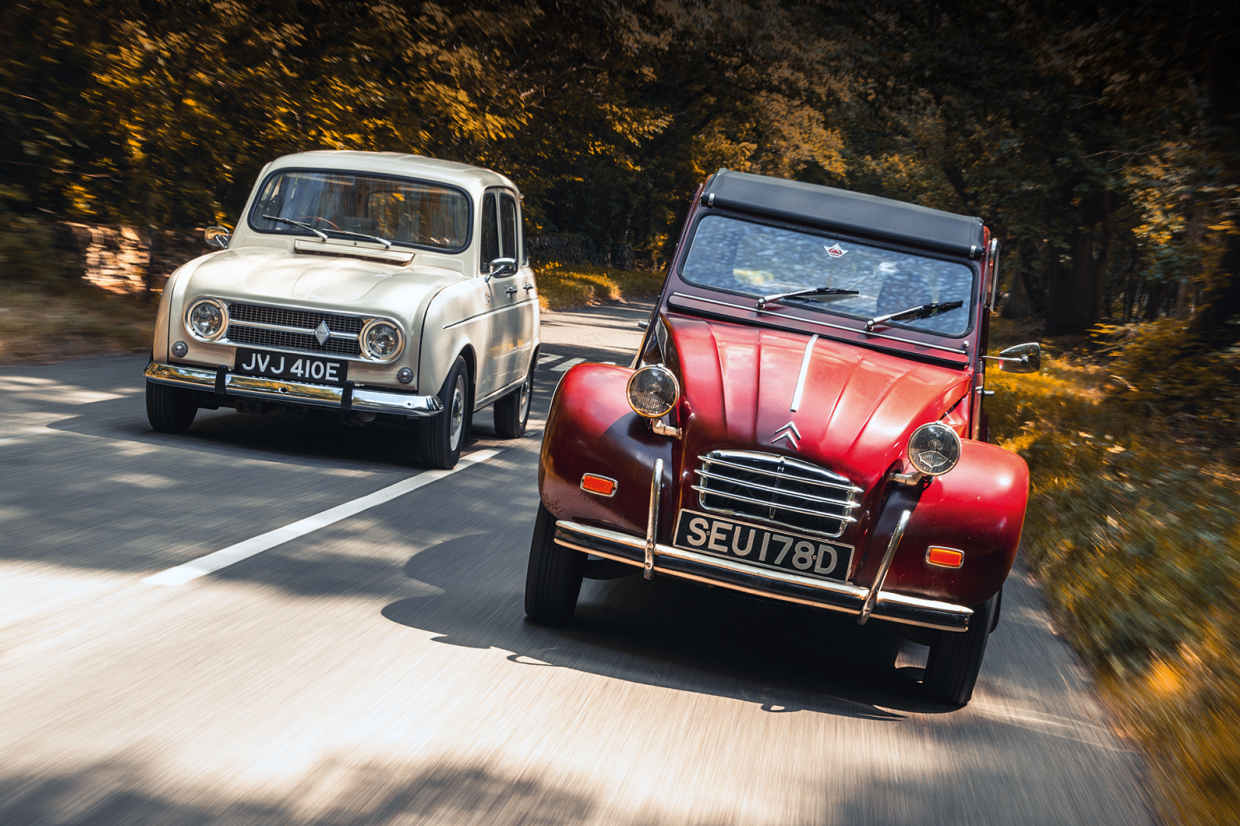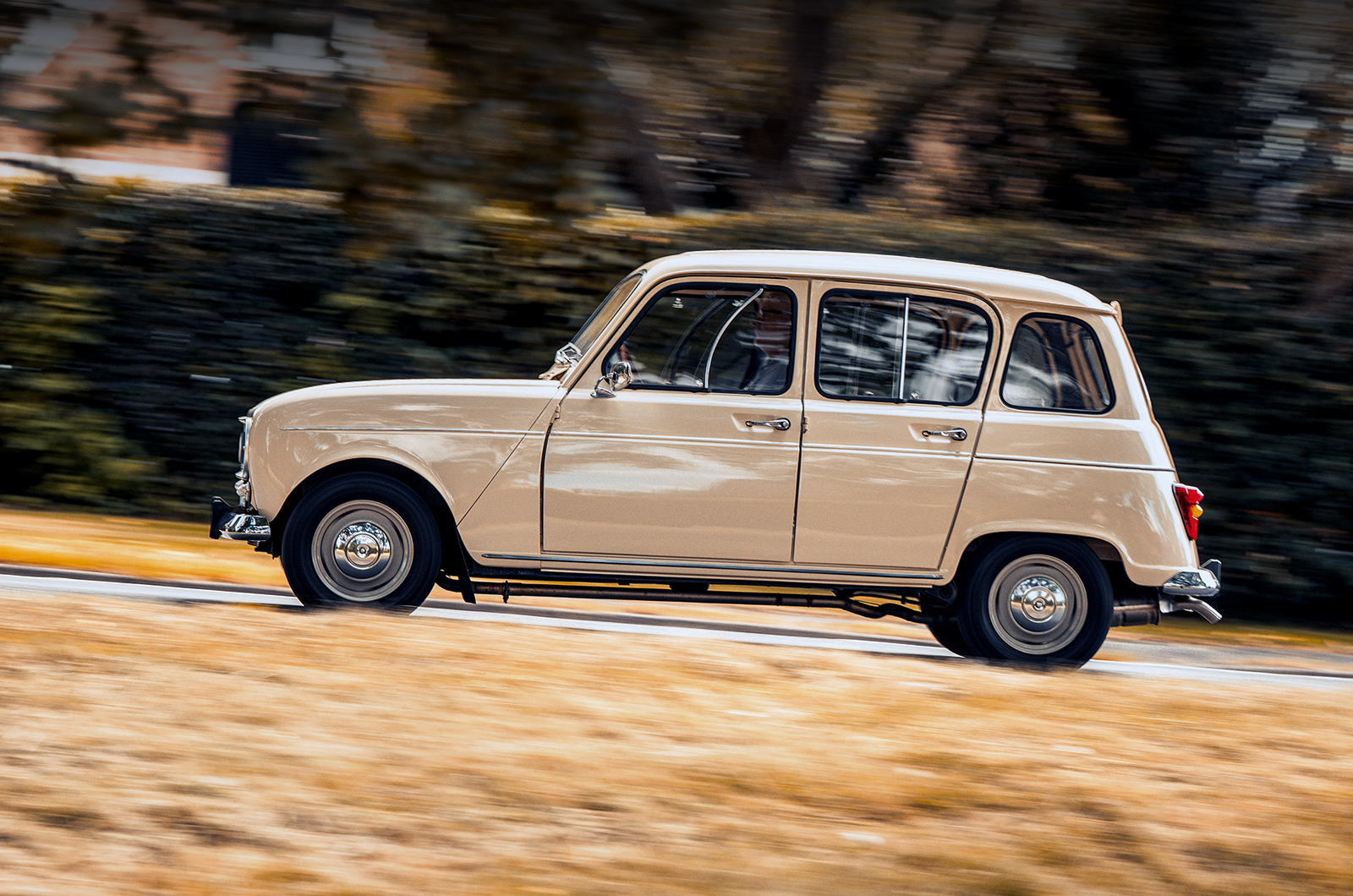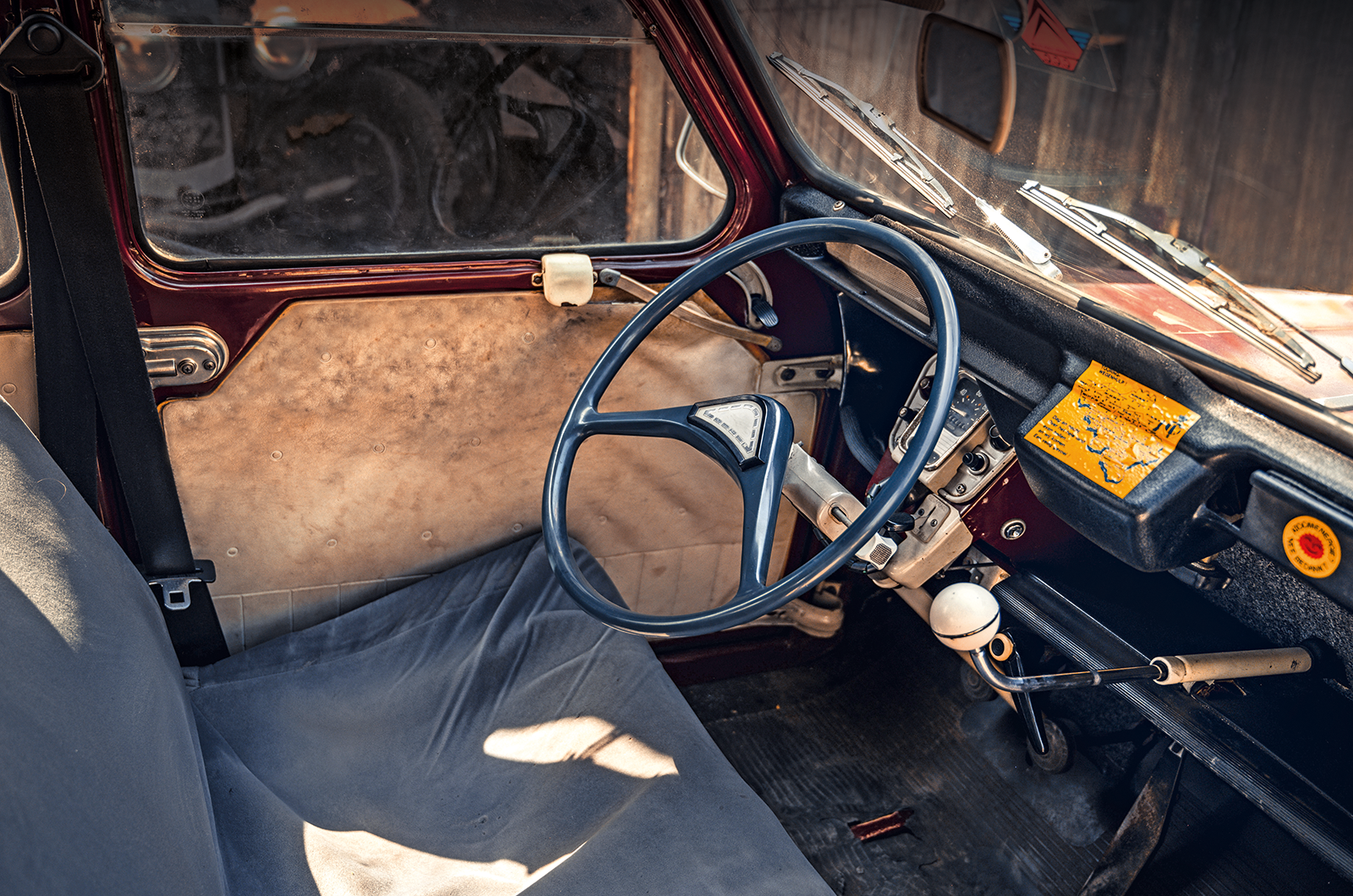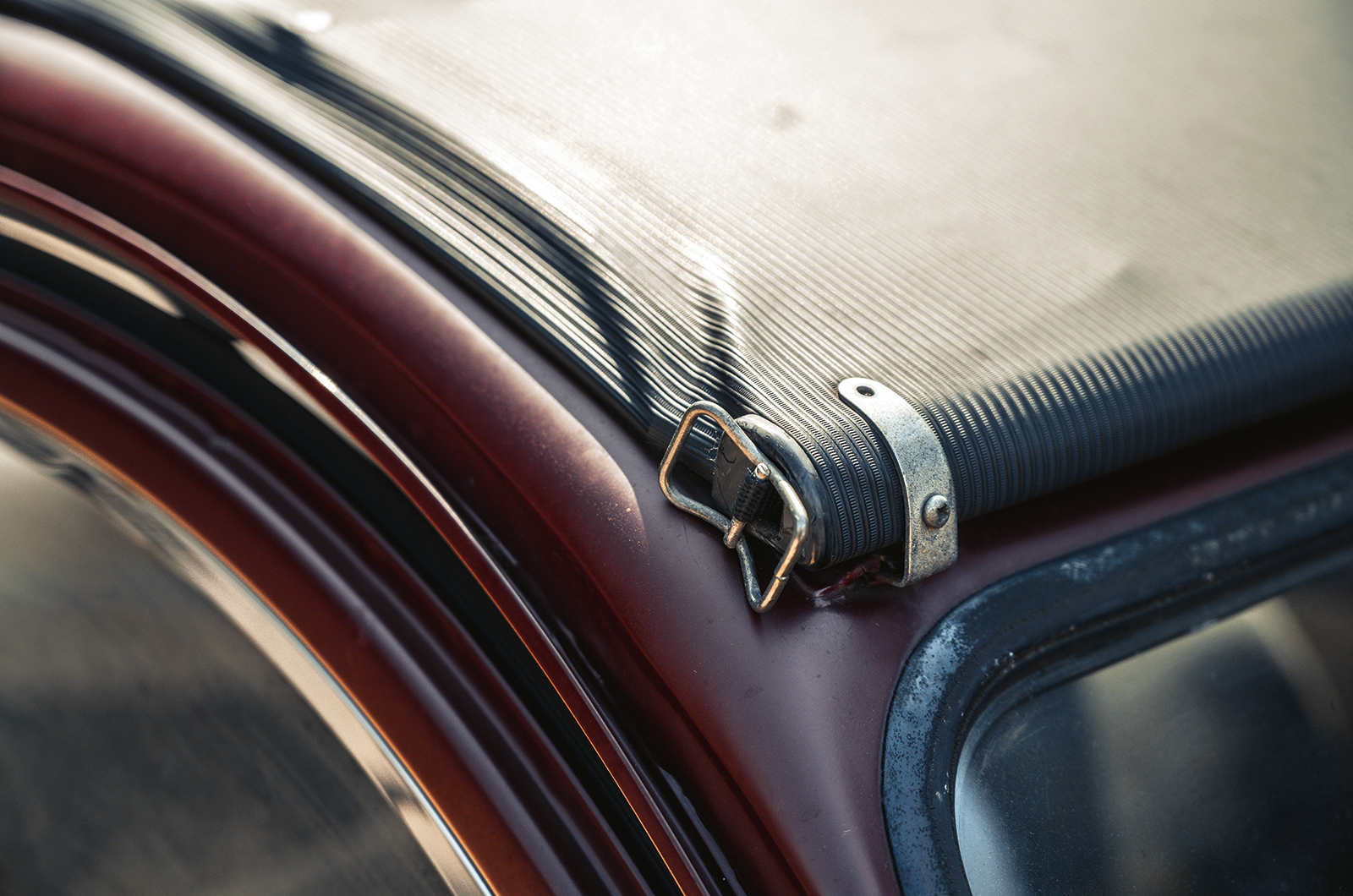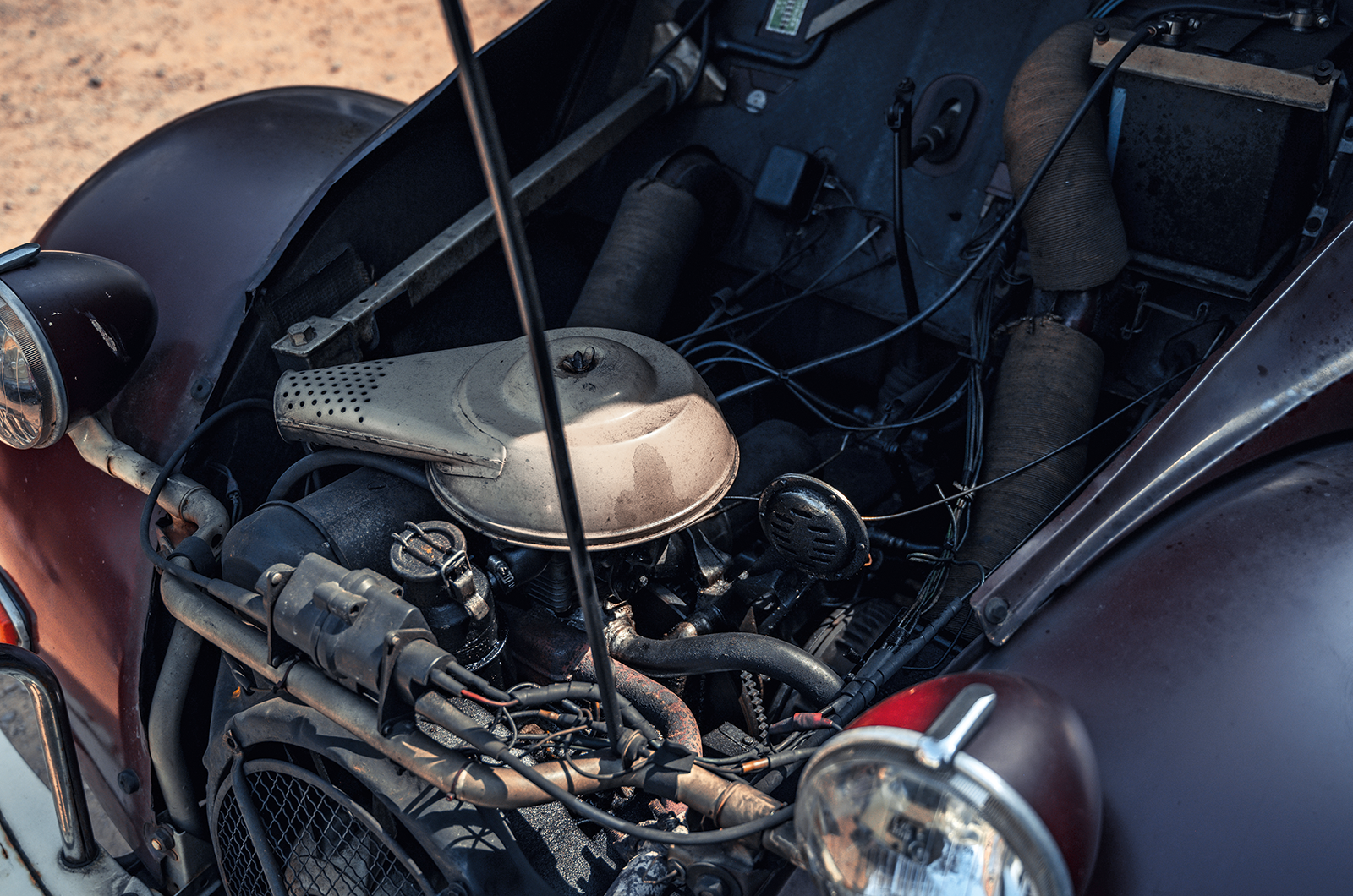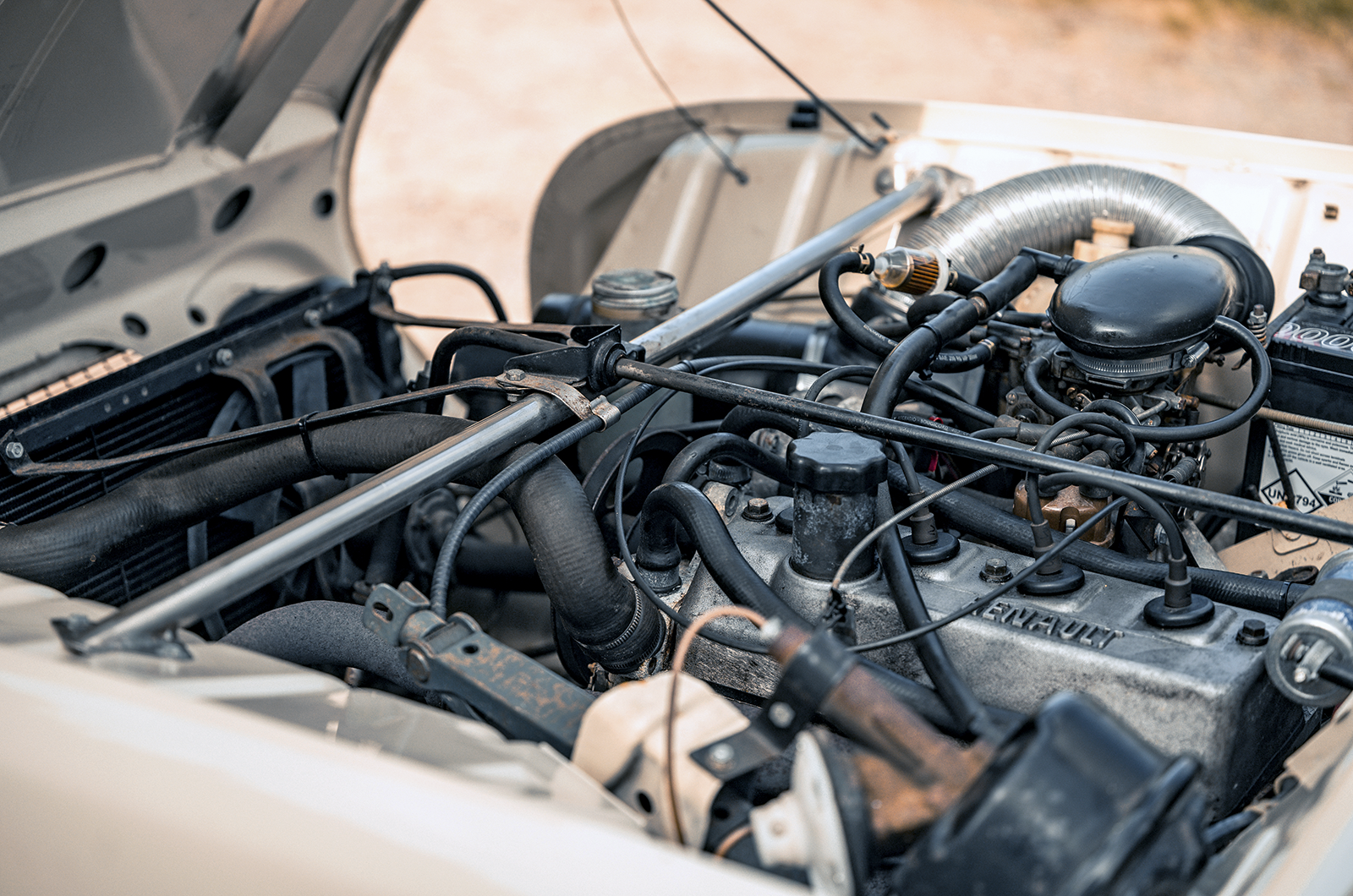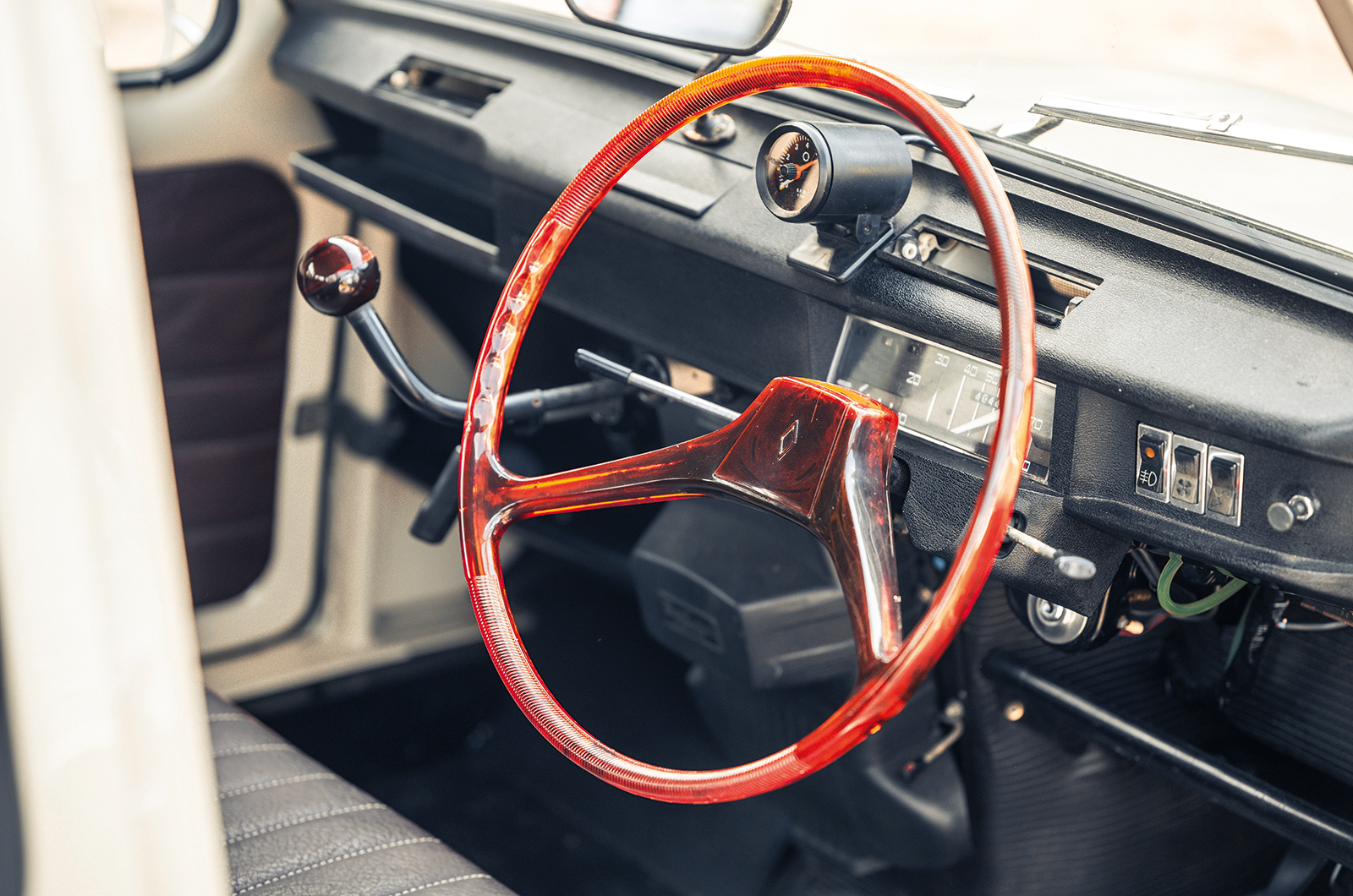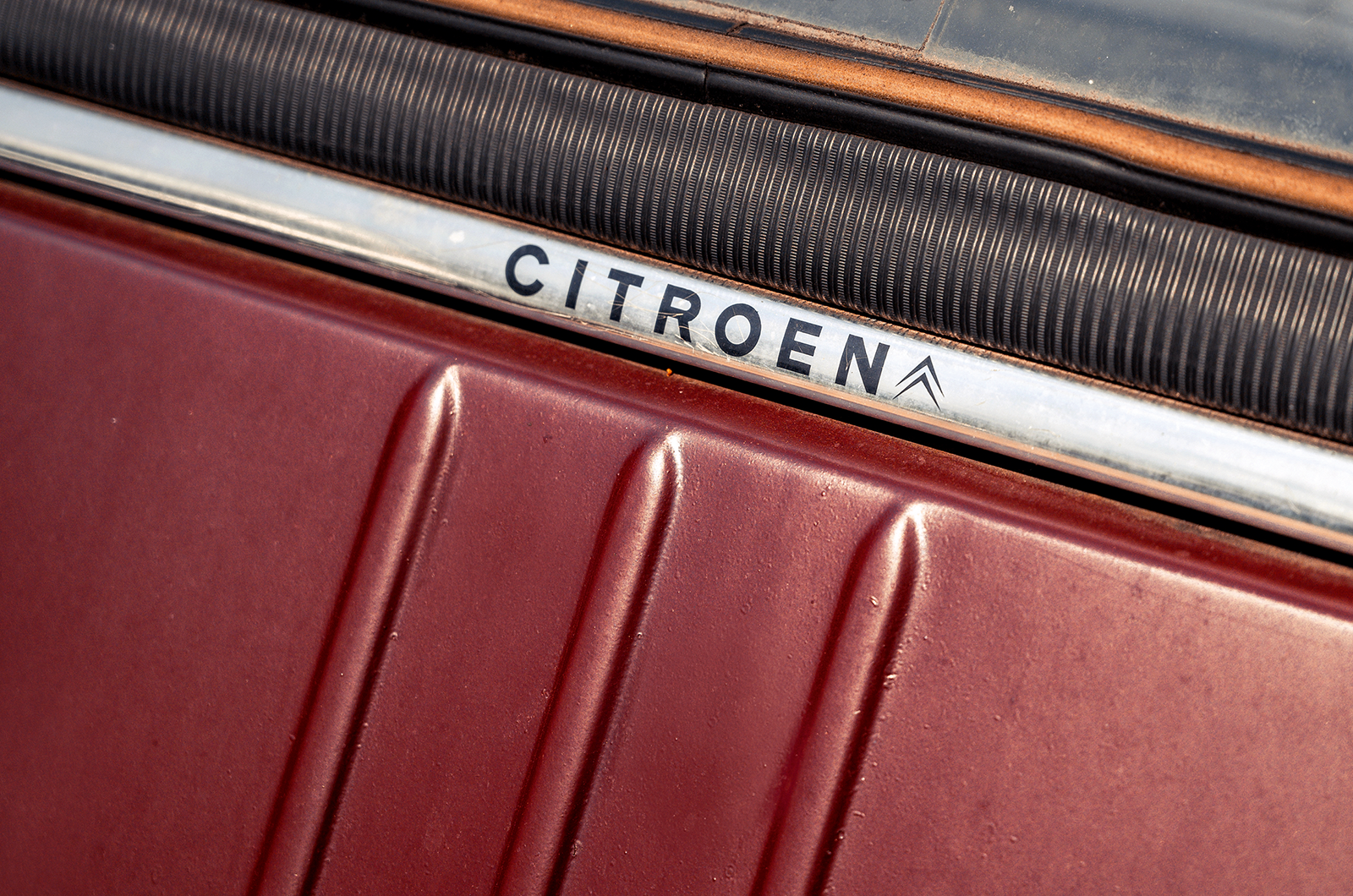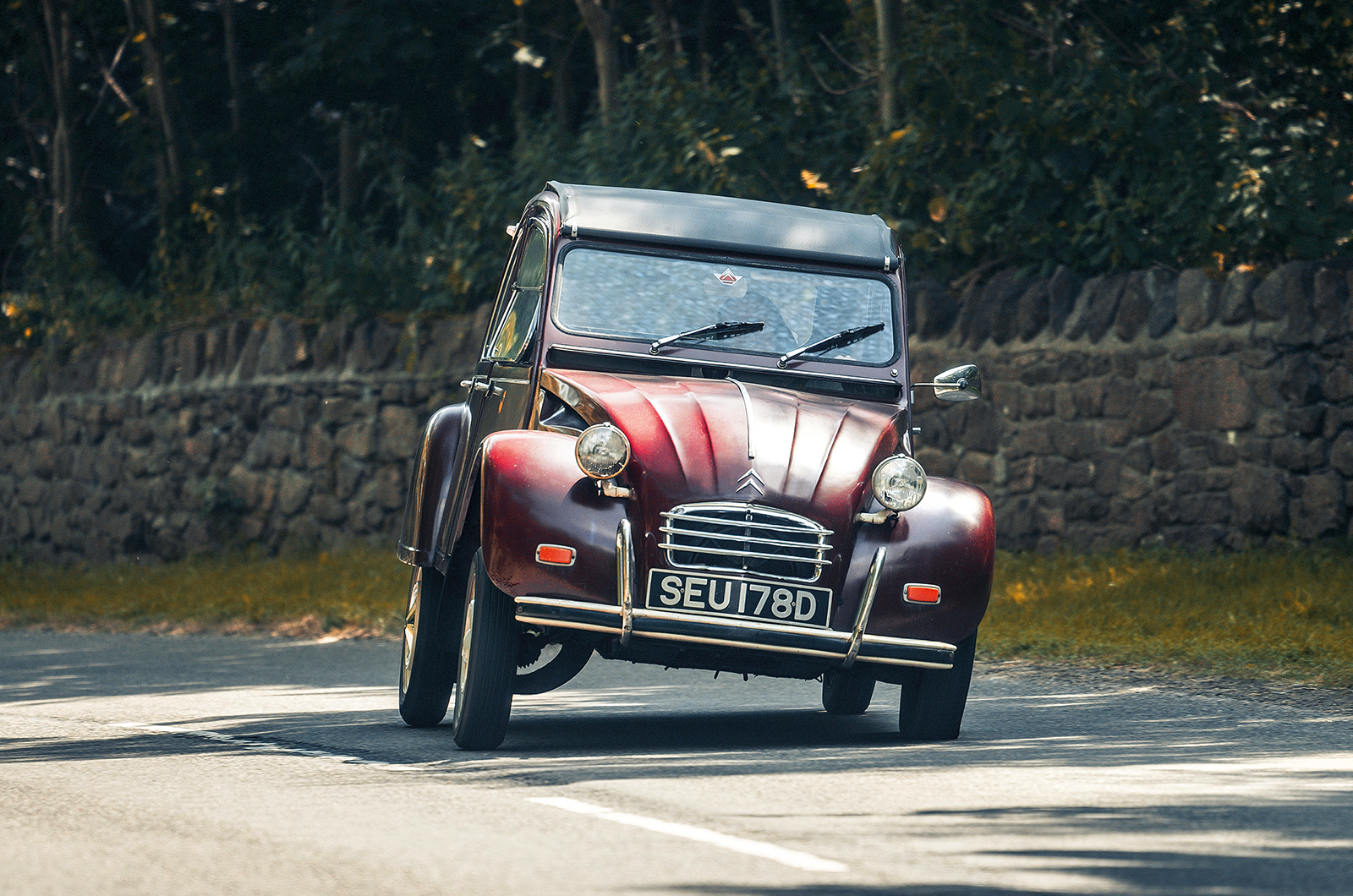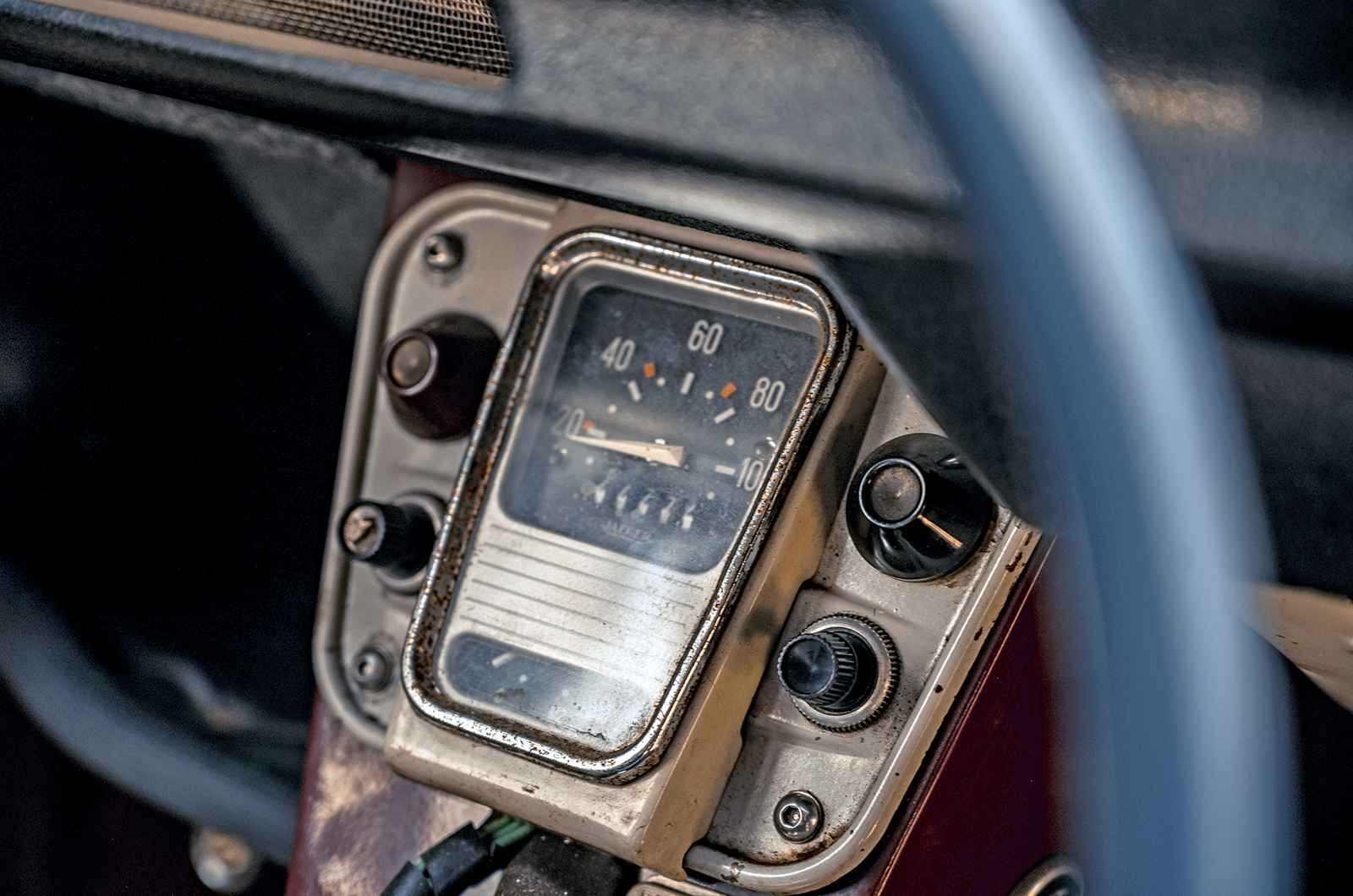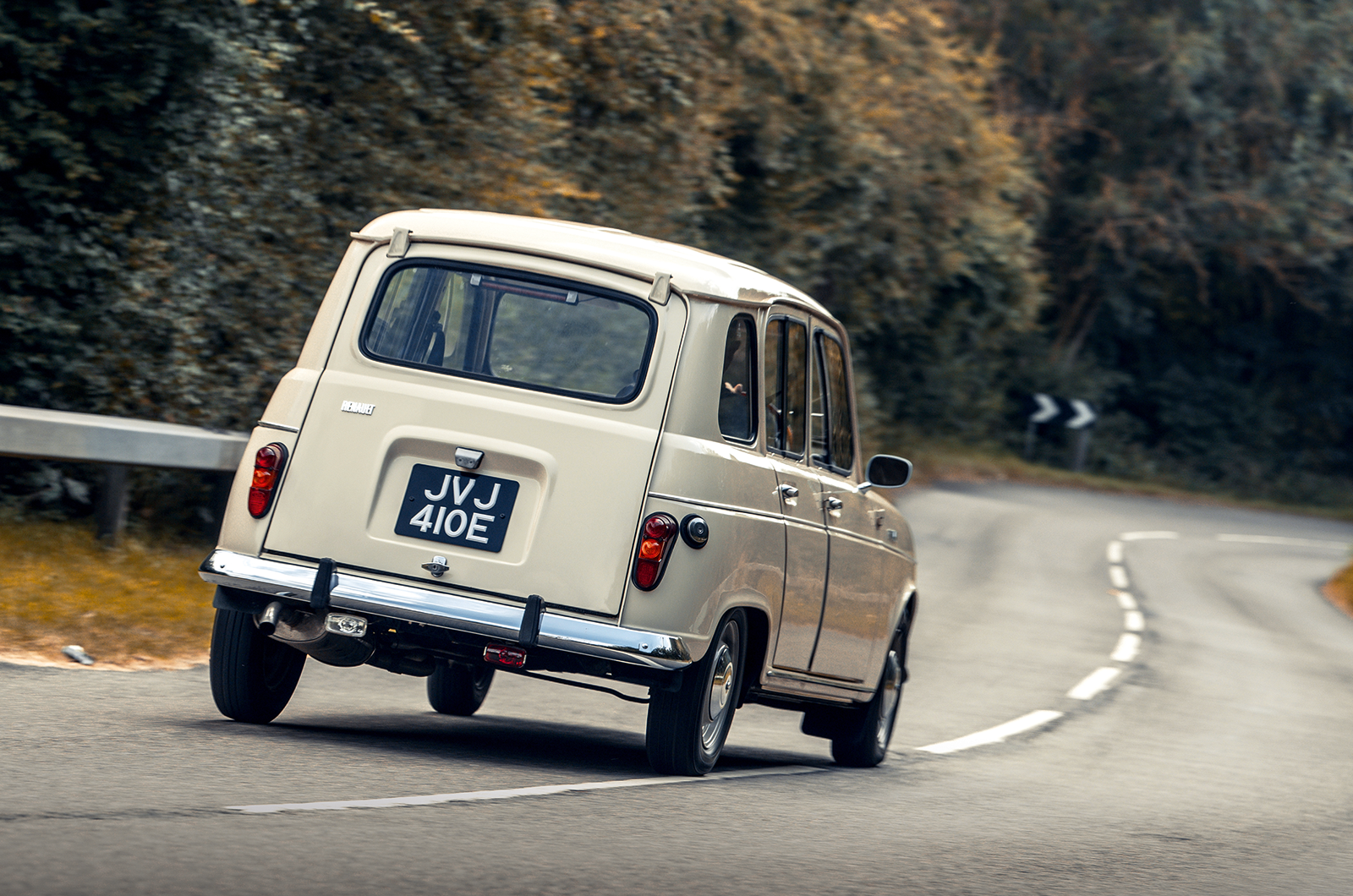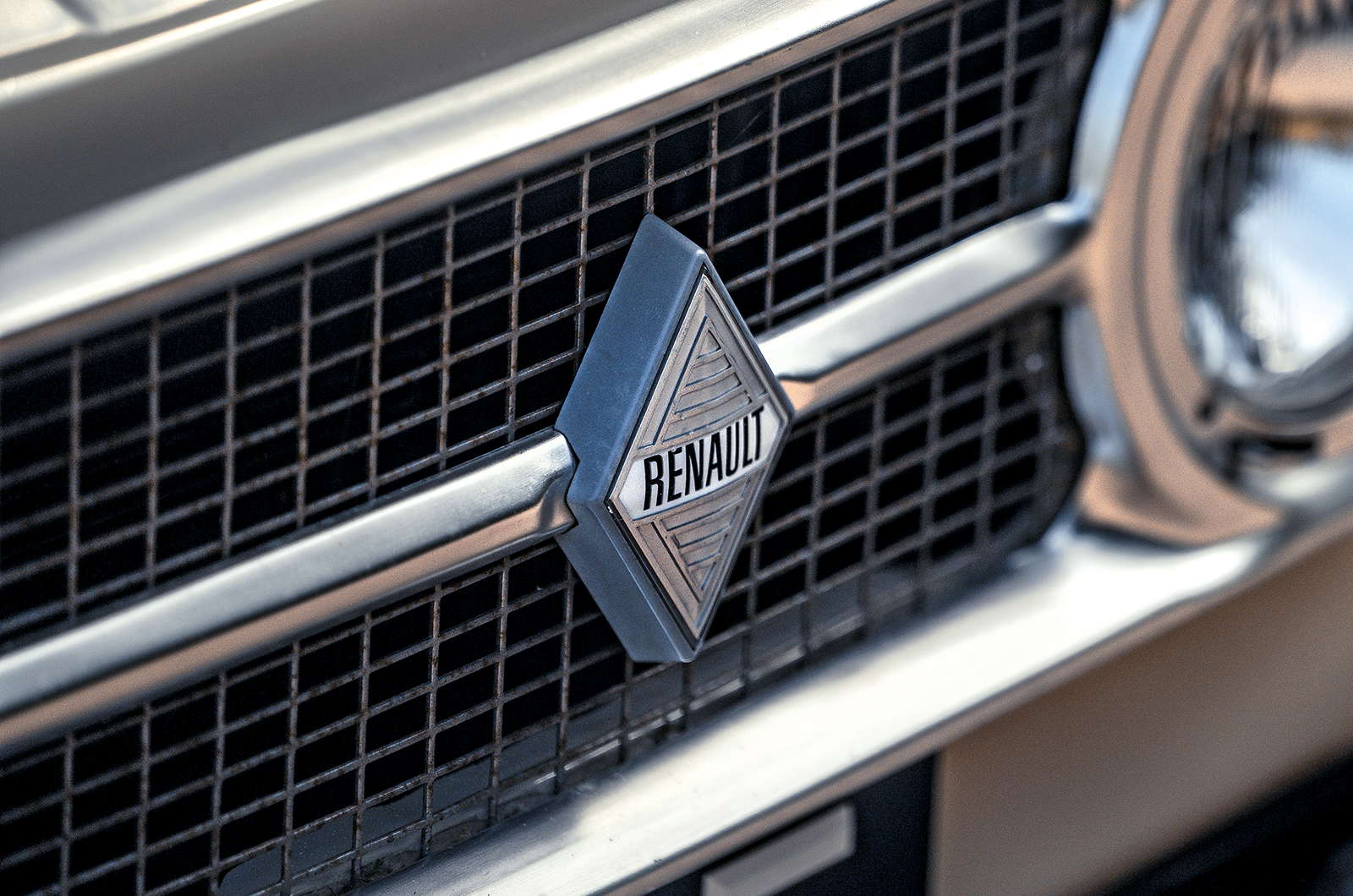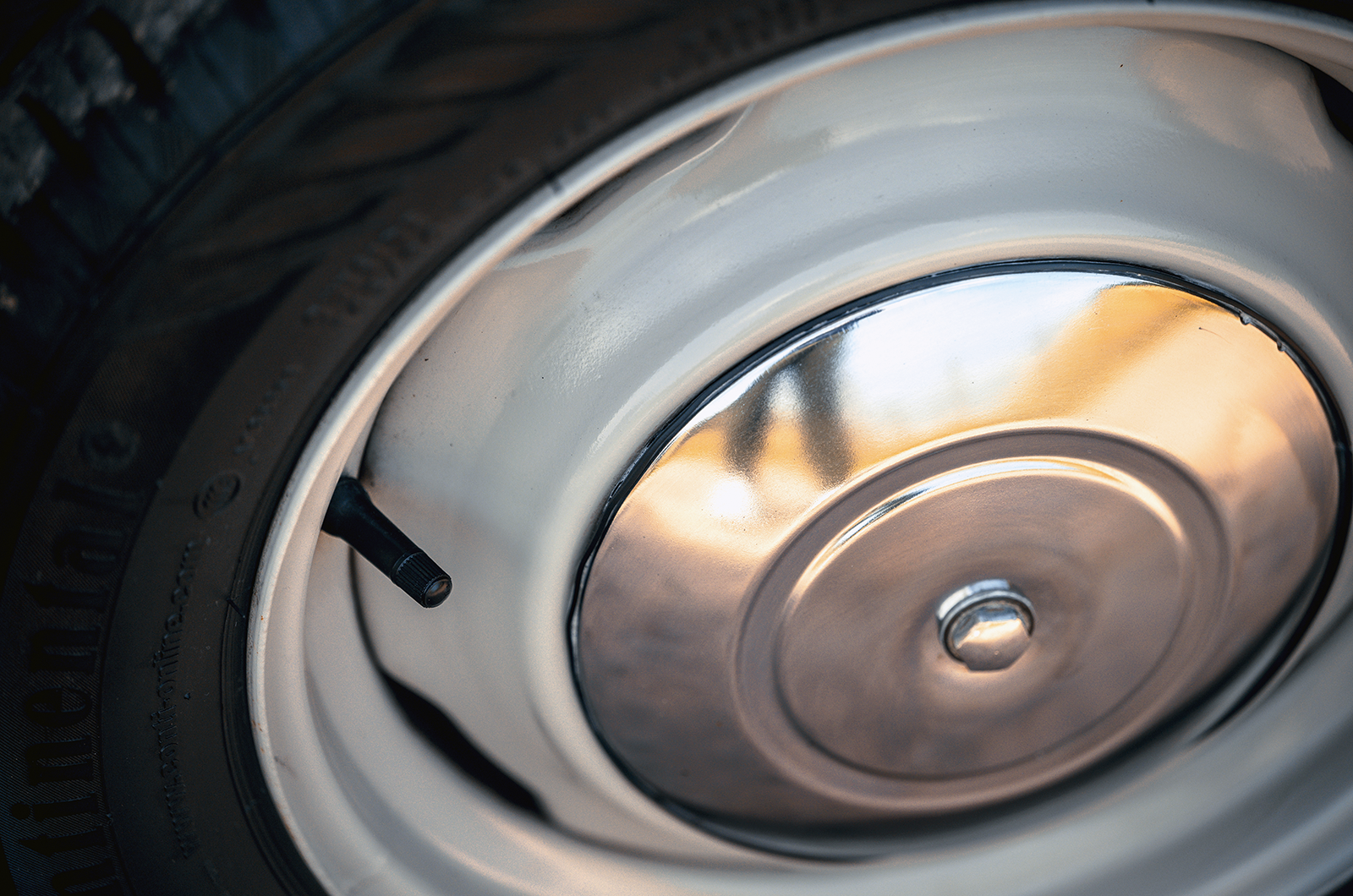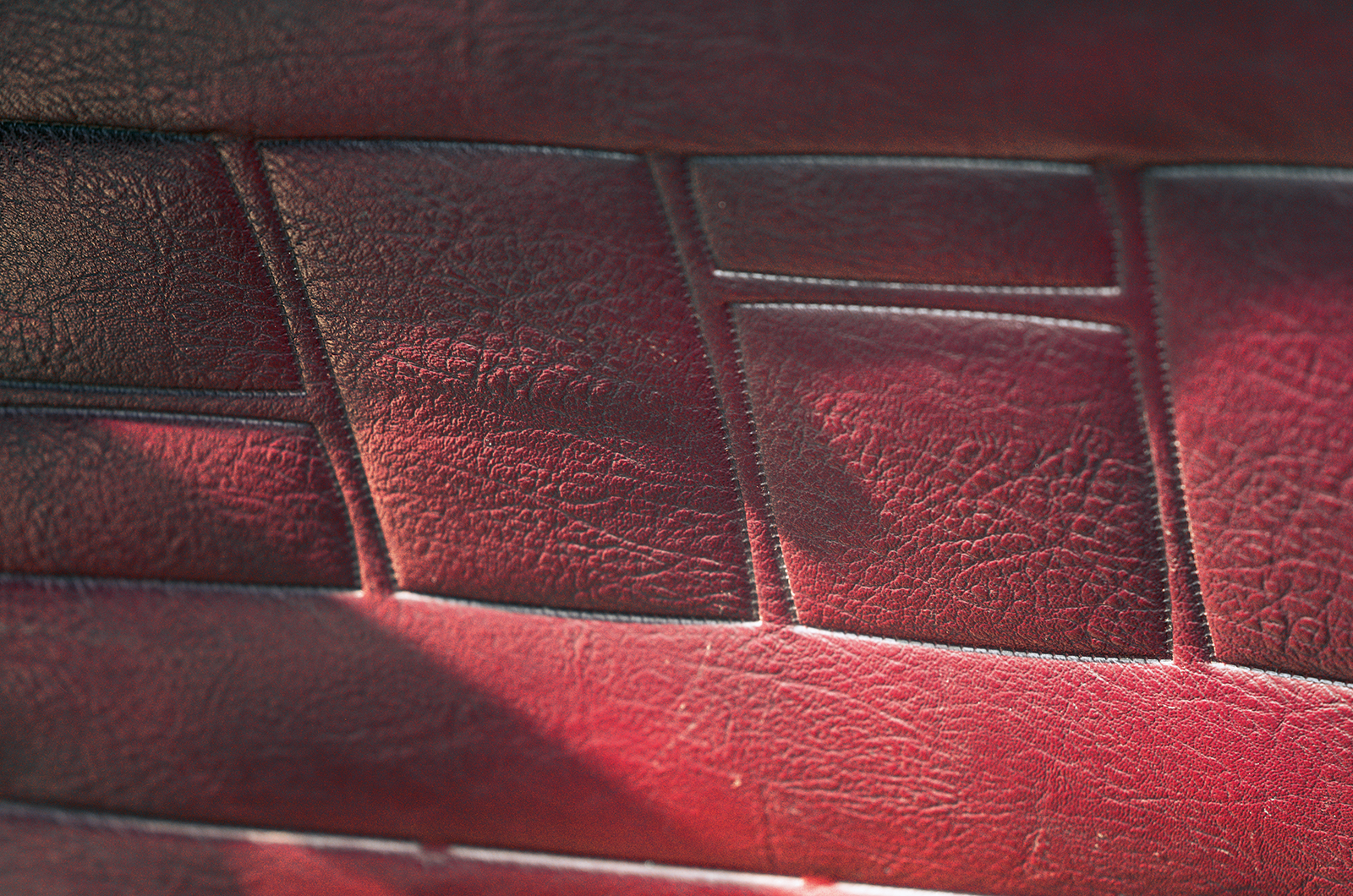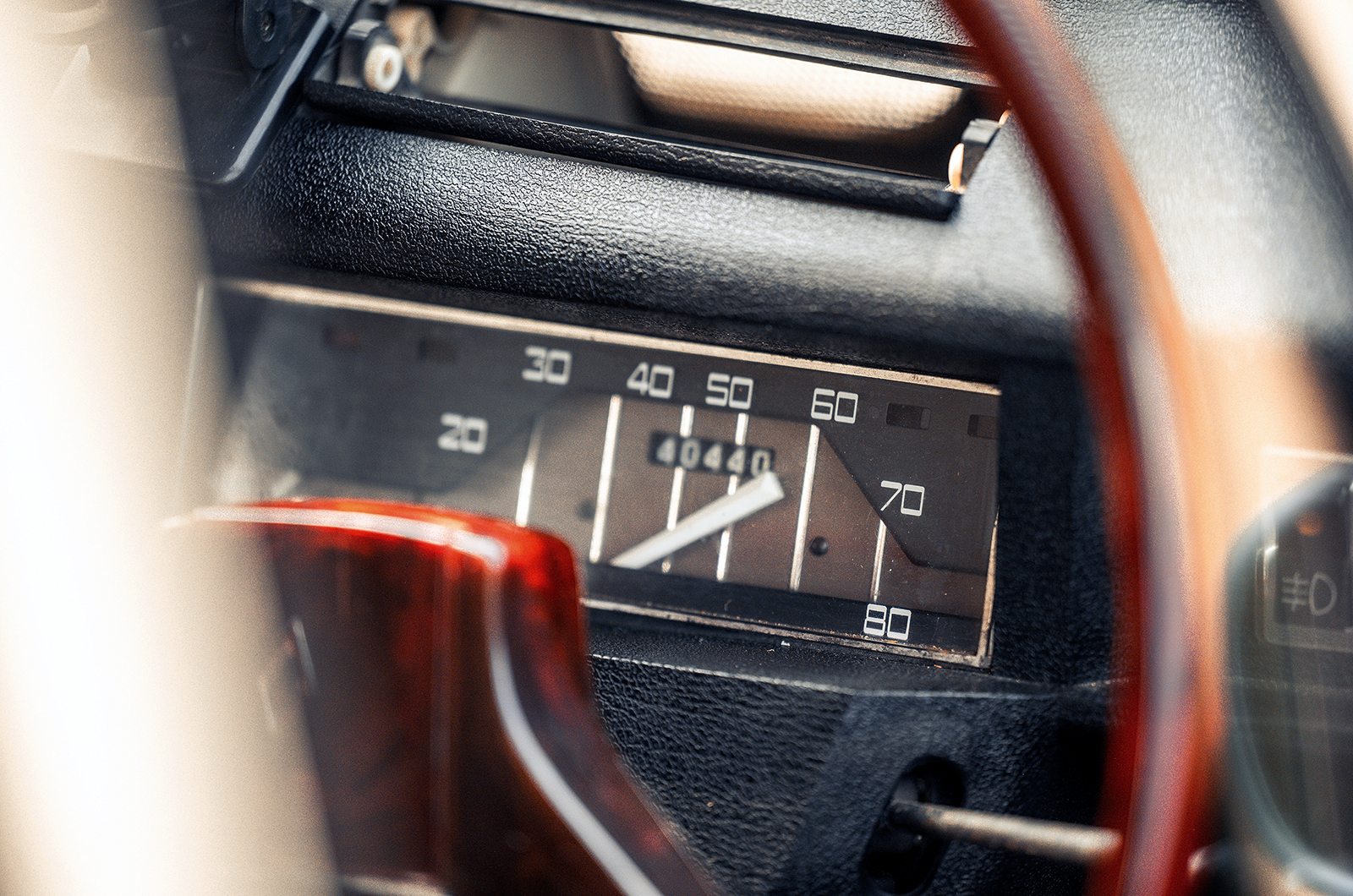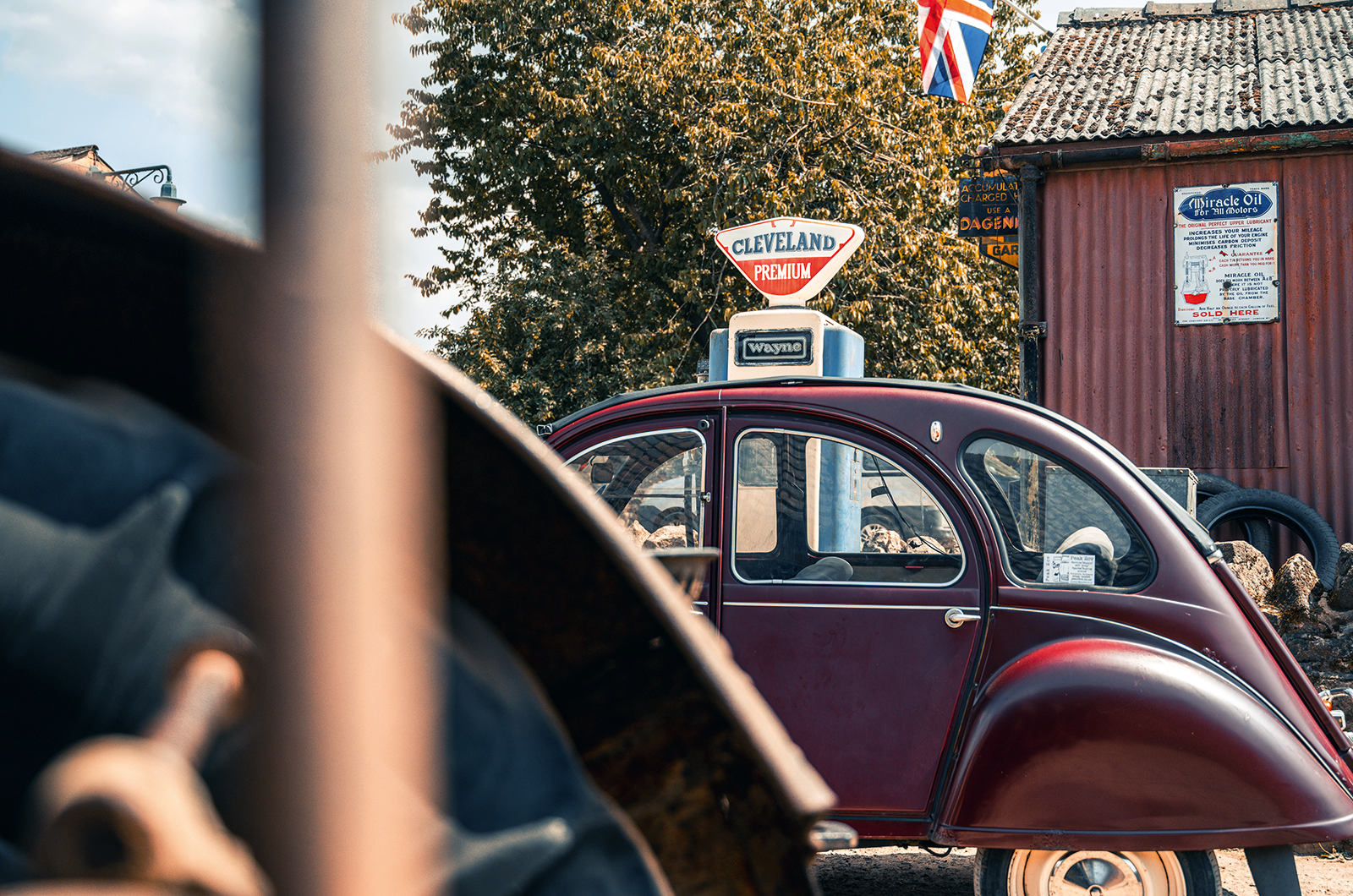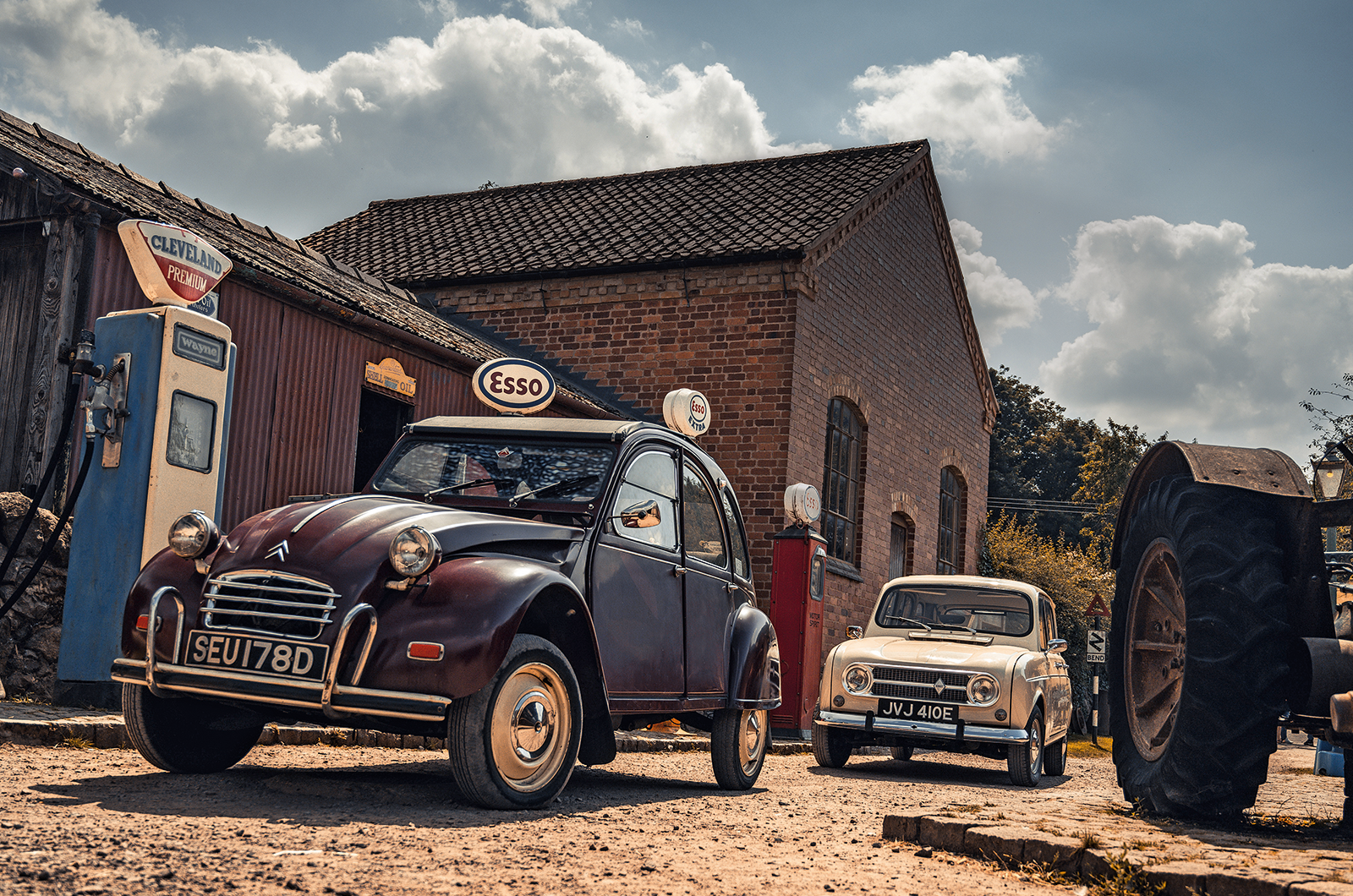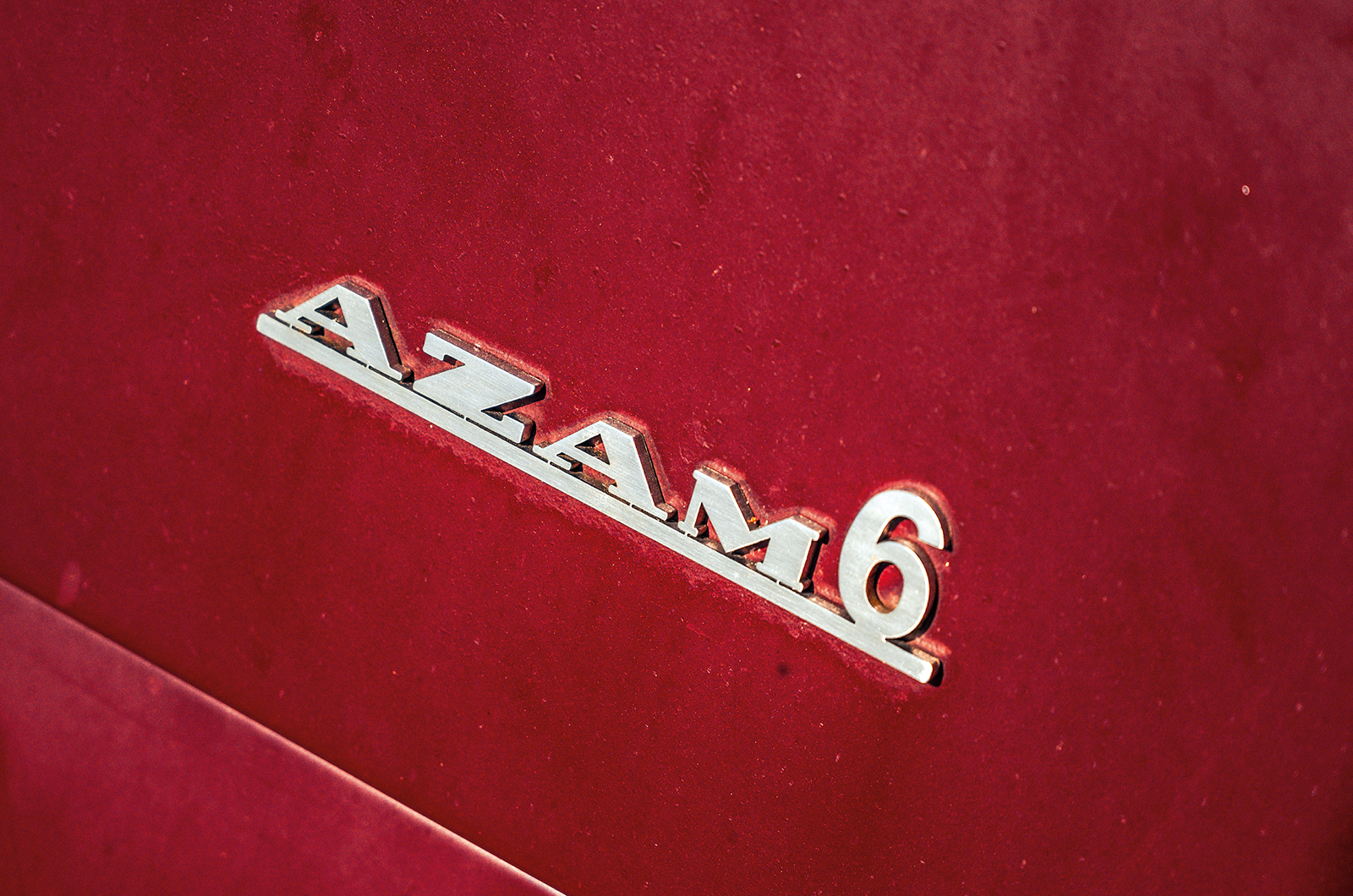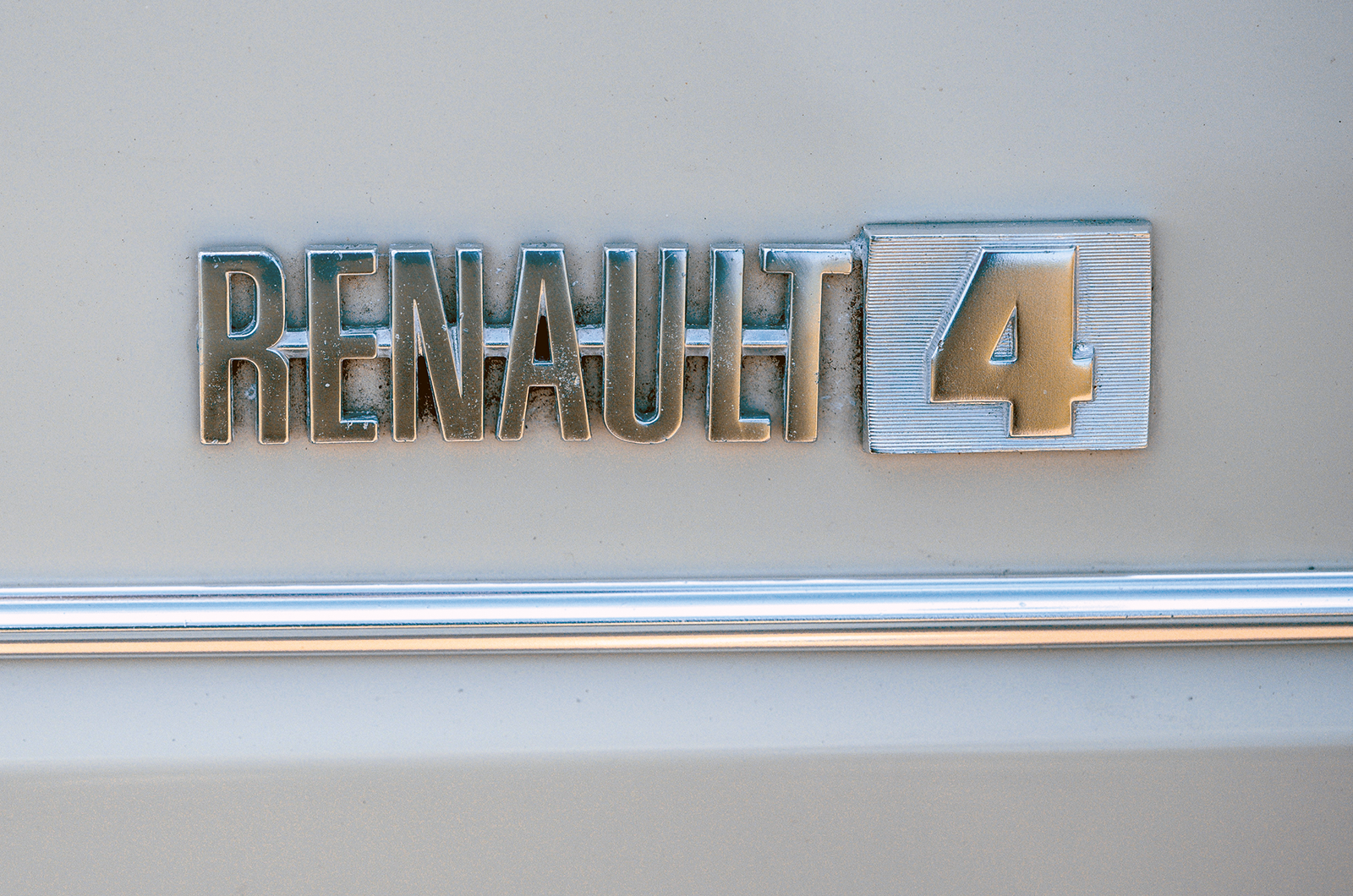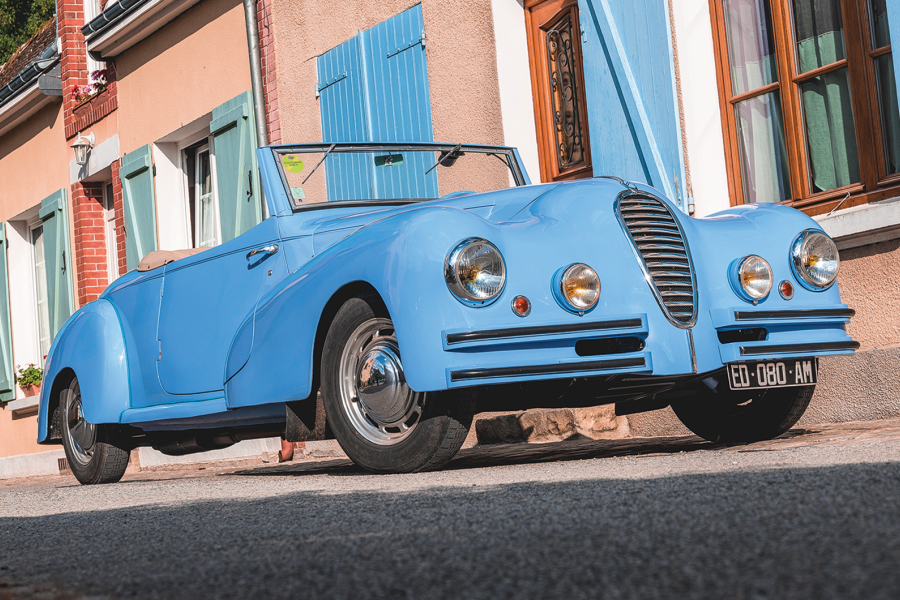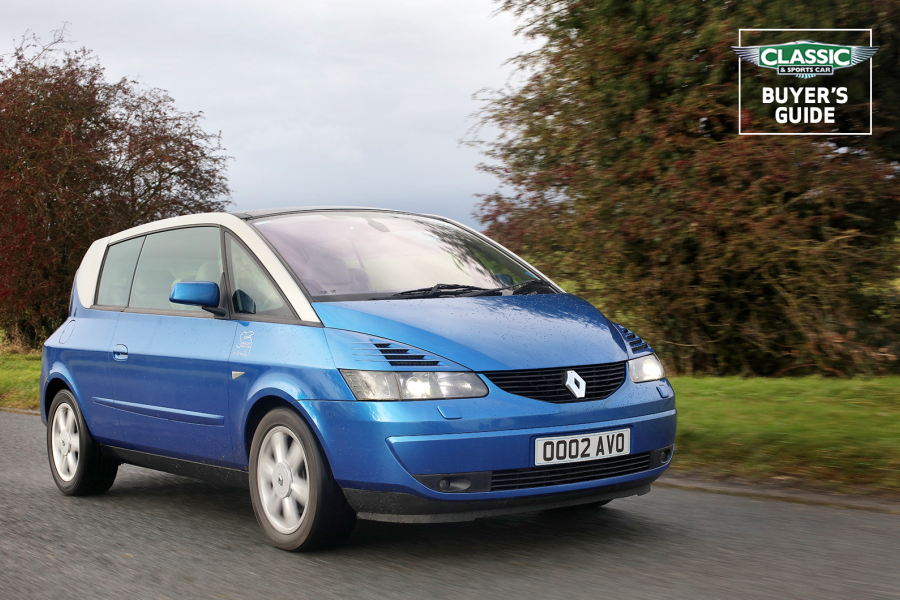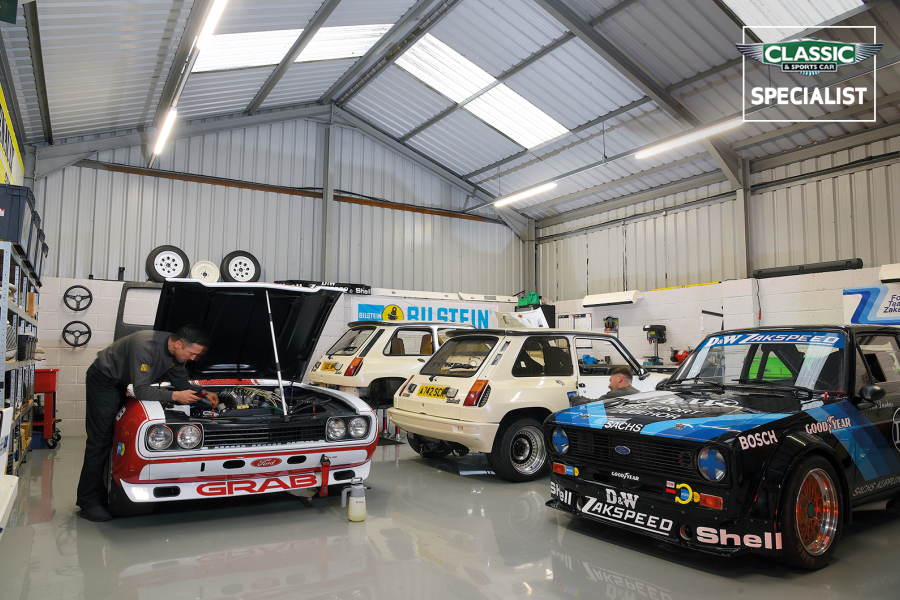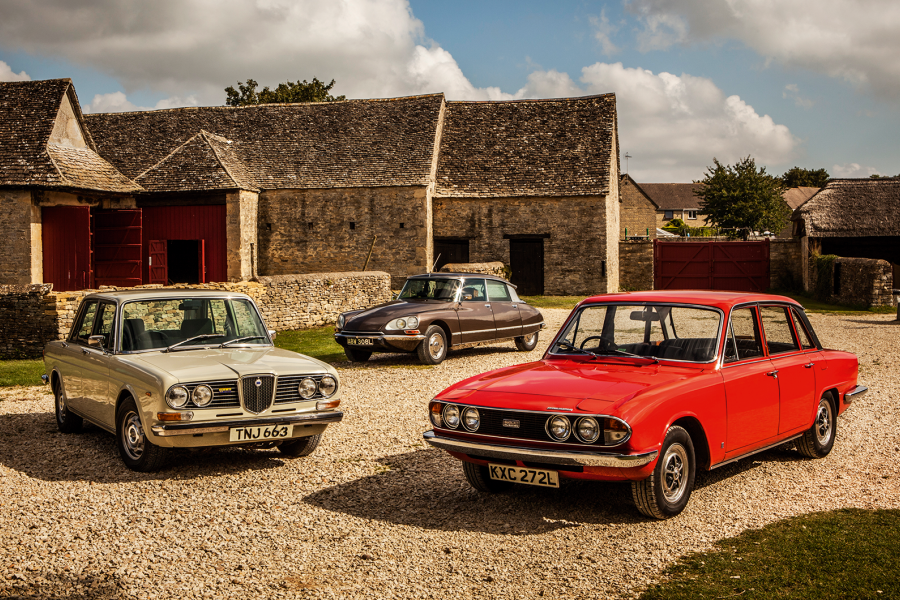Yet it’s the similarities that make it clear that both cars were marketed to the same audience, not least the equally quirky dash-mounted gearchanges.
Touches of luxury within this Renault 4L
Delahoy laments the clutch feel and says it’s one of many things on his to-do list, but the pedal has a smooth action that’s a delight to use compared with its rival.
Anyone who’s driven an R4 before, however, will be surprised first by the revs required to get it moving, and then the eagerness with which the needle flicks around the auxiliary tachometer.
“It’s a standard engine, but it’s in quite a high state of tune so it ’s quite cammy,” says Delahoy. “It likes a few revs – it can bog down if you haven’t got them up.”
The modded Renault is sprightly rather than fast, but the engine’s eagerness to perform transforms the car from a period novelty into usable transport: neither hills nor modern traffic spark a cold panic.
The Renault 4’s stylish speedo doesn’t over-promise when it comes to performance
Delahoy, also the owner of an early, totally original 850, is well placed to compare.
“If I had the two next to each other, absolutely no contest, I’d take my 850,” he says, catching us off guard.
“But for certain journeys it’s a challenge: such as driving to France. The Newhaven-to-Dieppe ferry chucks you out on to the autoroute at eight in the morning, and it is just carnage because you are trying to do 50mph with Audis and BMWs hacking all over the place.
It really feels as if you are in danger. In contrast, this will do 75mph all day, everyday, so it’s a much more usable car.”
This Citroën 2CV’s six-light body
Comparing a completely preserved 2CV with are built and warmed-over Renault 4 was never going to be a fair comparison in performance terms – but then it never really was in period, either.
The Citroën arguably has more charm, the model surviving on a sense of national nostalgia for longer than anyone would have predicted.
Its Régie rival is only slightly less endearing, and in all other respects marks a huge improvement over the Chevron-badged car.
That it managed to do so while also being cheap enough to attract the same low-income demographic that had held such fondness for the 2CV is a minor miracle.
Rectangular indicators and chrome accents update the Citroën’s design, but it still lags behind the Renault’s comparative modernity
The Renault 4 edges the 2CV in most areas, but it speaks volumes about the enduring appeal of both designs that they continued to roll off production lines until the early ’90s – not only in France, but across the world, from Chile and Yugoslavia to Algeria and Morocco.
More than 13 million buyers can’t be wrong.
Images: Luc Lacey
Factfiles
Citroën AZAM 6
- Sold/number built 1965-’67/5,114,966 (all 2CVs)
- Construction steel platform chassis with separate steel body
- Engine all-alloy, ohv 602cc flat-twin, single Solex carburettor
- Max power 26bhp @ 4750rpm
- Max torque 30lb ft @ 3000rpm
- Transmission four-speed manual, FWD
- Suspension: front leading arms, friction dampers rear trailing arms, telescopic dampers; horizontal interlinked coils f/r
- Steering rack and pinion
- Brakes drums
- Length 12ft 7in (3830mm)
- Width 4ft 10in (1480mm)
- Height 5ft 3in (1600mm)
- Wheelbase 7ft 10½in (2400mm)
- Weight 1290lb (585kg)
- Mpg 40
- 0-60mph 30 secs
- Top speed 65mph
- Price new £536 (1962)
- Price now £10-20,000*
Renault 4L
- Sold/number built 1961-’92/8,135,434 (all R4s)
- Construction steel platform chassis with separate steel body
- Engine iron-block, alloy-head, ohv 845cc ‘four’, single Solex carburettor
- Max power 30bhp @ 4700rpm
- Max torque 43lb ft @ 2300rpm
- Transmission four-speed manual, FWD
- Suspension independent, at front by upper wishbones, lower transverse arms rear staggered trailing arms; torsion bars, telescopic dampers f/r
- Steering rack and pinion
- Brakes drums
- Length 12ft (3658mm)
- Width 4ft 10in (1480mm)
- Height 5ft (1524mm)
- Wheelbase 7ft 10¼in (2394mm, left)/8ft ¼in (2445mm, right)
- Weight 1410lb (640kg)
- Mpg 40
- 0-60mph 38 secs
- Top speed 68mph
- Price new £616 (1962)
- Price now £5-10,000*
*Prices correct at date of original publication
READ MORE
Wolseley Hornet vs Citroën Bijou: compacts with class
Meet the luxury Citroën 2CV
Celebrating 60 years of the Renault 4
Greg MacLeman
Greg MacLeman is a contributor to and former Features Editor of Classic & Sports Car, and drives a restored and uprated 1974 Triumph 2500TC
